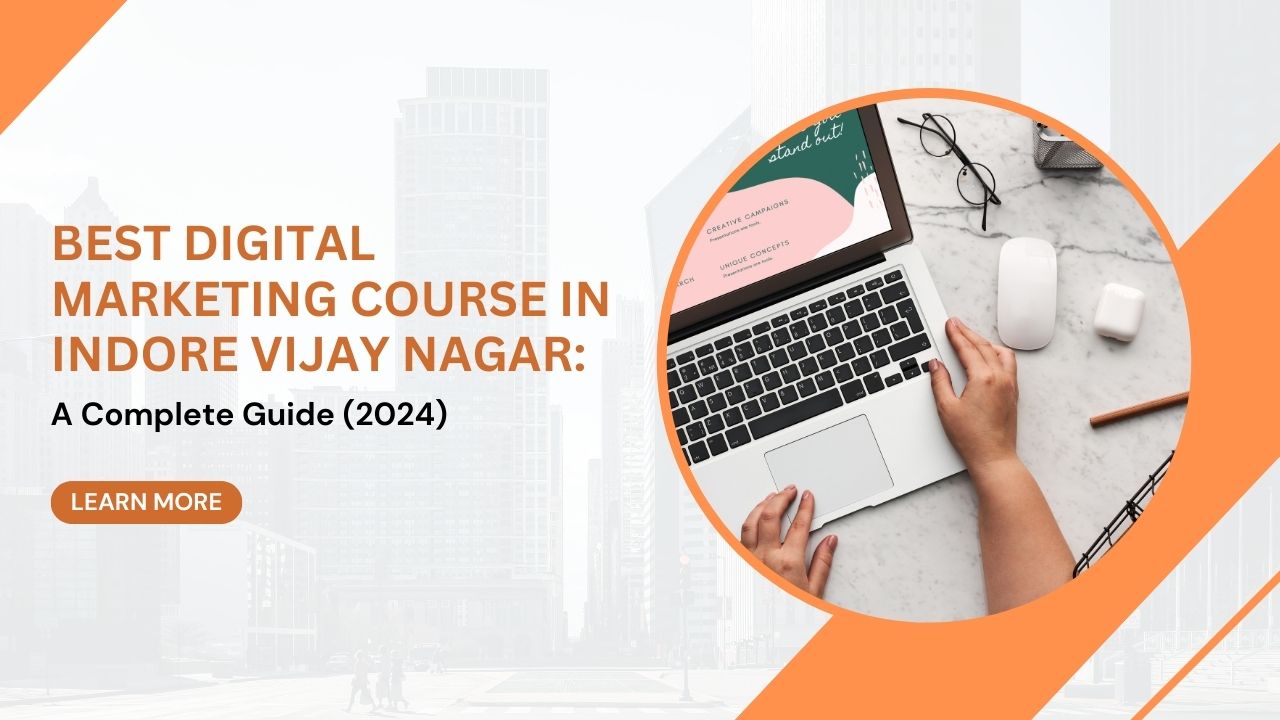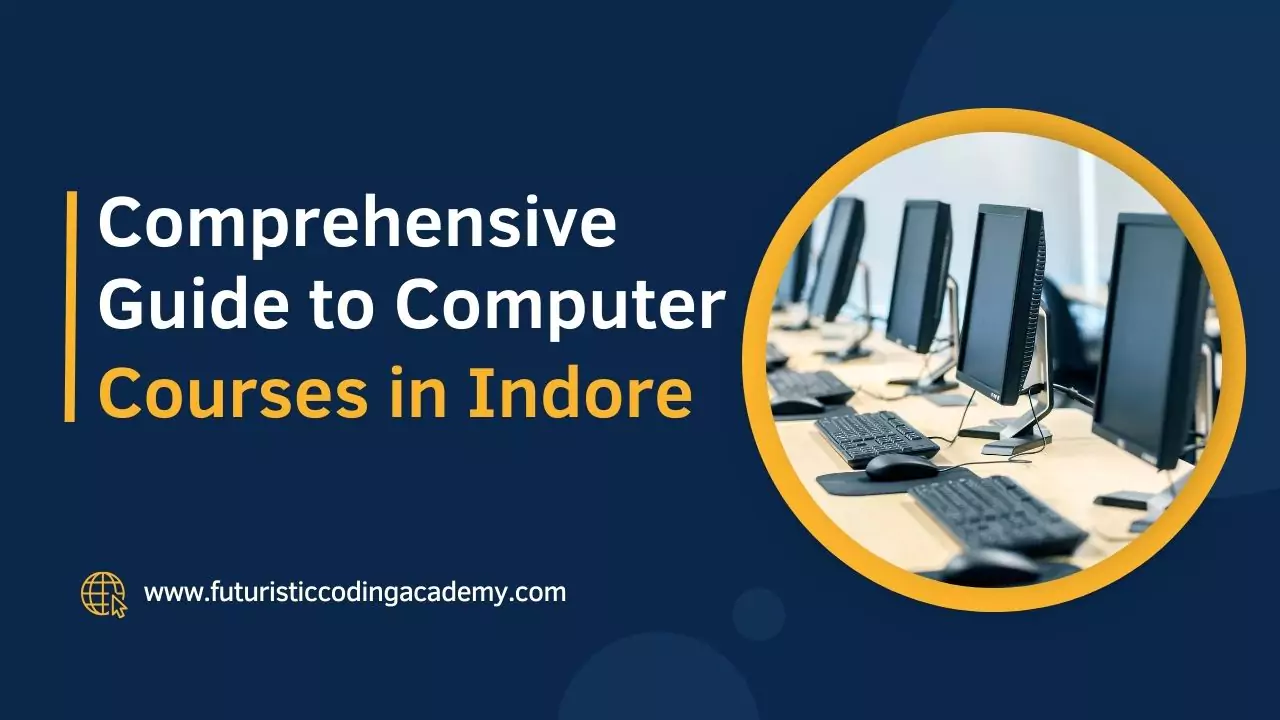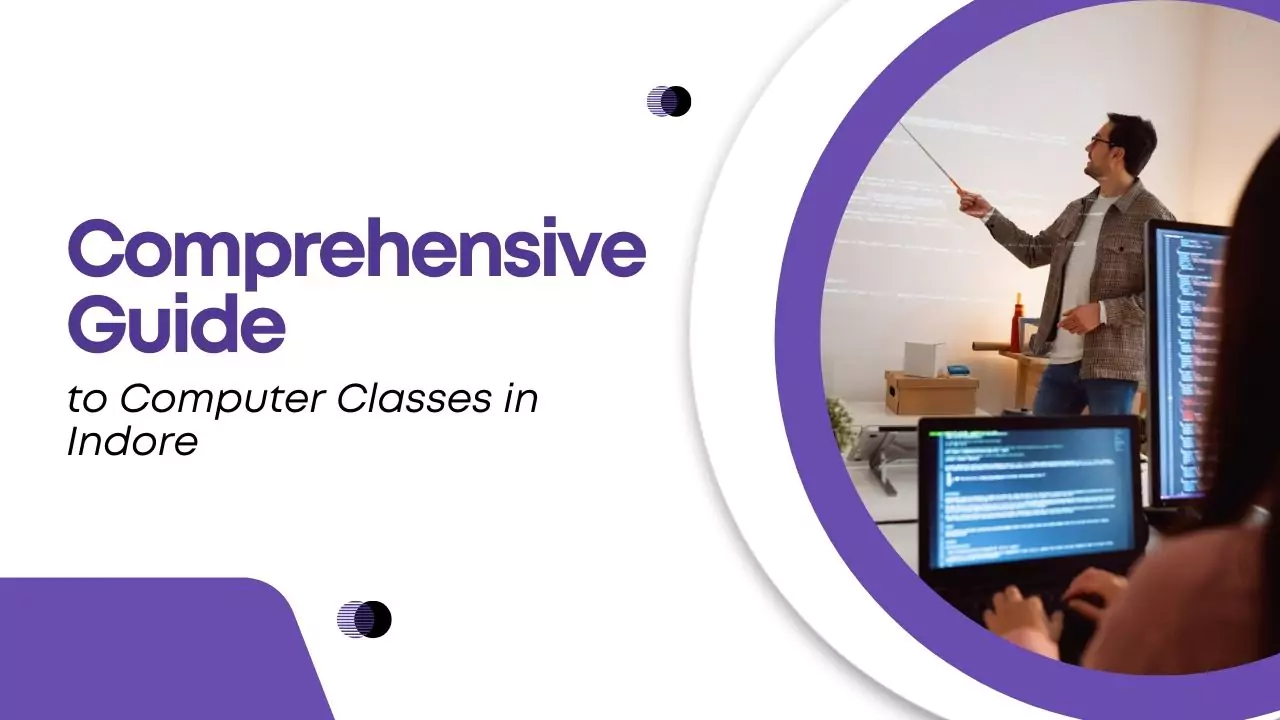If you’re looking to become a versatile developer capable of working on both the front-end and back-end of web applications, learning the Java Full Stack is the way to go. In this blog, we will provide a detailed syllabus, guiding you through everything you need to master, from core Java concepts to database management. This syllabus is tailored to help you become job-ready and succeed in the competitive tech industry.
1. Introduction to Java Full Stack Development
Java Full Stack Development involves building complete web applications, including both client-side (front-end) and server-side (back-end) components. Java, being a versatile and robust programming language, is widely used by enterprises globally. The combination of front-end technologies like HTML, CSS, and JavaScript, with back-end technologies such as JSP, Servlets, and Spring Boot, makes a Java Full Stack Developer a highly sought-after professional.
According to a survey by Statista, Java remains one of the top 5 most used programming languages in 2024, indicating its continued relevance in the industry. (STATISTA)

2. Core Java: The Foundation of Full Stack Development
- Introduction to Java Platform & Language: Start by learning about the Java Virtual Machine (JVM), Java Runtime Environment (JRE), and Java Development Kit (JDK). Understand how they interact to make Java a platform-independent language.
- Object-Oriented Programming (OOP) Concepts: Dive deep into classes, inheritance, polymorphism, encapsulation, and abstraction. These concepts form the building blocks of Java.
- Exception Handling and Collections: Learn how to manage errors and handle collections, which is crucial when dealing with large datasets.
- Java 8 Features: Explore functional programming with lambda expressions, streams, and method references.
Read our detailed article on Core Java Concepts to get a more in-depth understanding.
3. Version Control: Mastering Git for Full Stack Development
Every developer should be proficient in using version control systems, and Git is the most popular. The syllabus includes:
- Versioning, Staging, and Branching: Learn the basics of Git, including staging, committing, branching, merging, and rolling back changes.
- Working with GitHub: Understand how to use GitHub for collaborative development.
4. Front-End Technologies: Creating Engaging User Interfaces
To become a successful full stack developer, mastering front-end technologies is a must:
- HTML5, CSS3, JavaScript Basics: Learn how to structure content with HTML, style it with CSS, and make it interactive using JavaScript.
- Angular Framework: Angular is a widely-used framework for building single-page applications (SPAs). Get hands-on with components, directives, services, and routing to create dynamic user interfaces.
- Bootstrap for Responsive Design: Use Bootstrap to create responsive web pages that work across various devices.
5. Back-End Technologies: Building Robust Server-Side Applications
- JSP and Servlets: Learn about the life cycle of JSP (Java Server Pages) and Servlets. Understand how they interact with the front end to create a seamless user experience.
- Spring Boot Framework: Spring Boot simplifies building Java-based applications. This module will cover setting up Spring Boot, implementing CRUD operations, REST API integration, and microservices.

6. Database Management: Handling Data Effectively
Database management is an essential skill for any full stack developer. In this syllabus:
- MySQL Basics and Advanced Queries: Learn the core concepts of relational databases, writing queries, using joins, and managing transactions.
- MongoDB Overview: Explore NoSQL databases, focusing on CRUD operations, data schemas, and understanding the difference between MongoDB and traditional SQL databases.
Did you know? According to a study by MongoDB, developers using NoSQL databases report a significant increase in productivity and application scalability. (MangaDB)
7. Project Implementation: Putting Skills to Practice
- ER Diagram and Project Architecture: Understanding how to design an ER (Entity-Relationship) diagram is crucial for efficient database management.
- Documentation and Design Analysis: Learn how to document your project’s technical aspects to ensure smooth development and maintenance.
8. Placement Support and Career Opportunities
Mastering the Java Full Stack syllabus opens up numerous career opportunities. Java Full Stack Developers are in high demand, with average salaries ranging from ₹5.1 LPA to ₹16.5 LPA.
9. FAQs: Common Questions About Java Full Stack Syllabus
Which institute is best for Java Full Stack Developer?
Our academy offers a comprehensive curriculum tailored to industry needs.
Is Java full-stack a good career?
Yes, it offers diverse job opportunities and career growth.
Is Java full stack difficult?
With dedication and proper resources, it’s possible to master Java Full Stack Development.
Can I learn Java full stack in 3 months?
Yes, with intensive training, you can grasp the fundamentals and build a solid foundation.
Is Java good for Full Stack Development?
Absolutely! Java is versatile, scalable, and widely used in various industries.
10. Conclusion: Why Learn Java Full Stack Development?
Java Full Stack Development offers a complete skill set, from building engaging front-end interfaces to managing complex databases. By following this comprehensive syllabus, you will be ready to build dynamic, scalable, and interactive web applications.
Ready to start your journey? Explore our Java Full Stack Course and become an industry-ready developer today!






